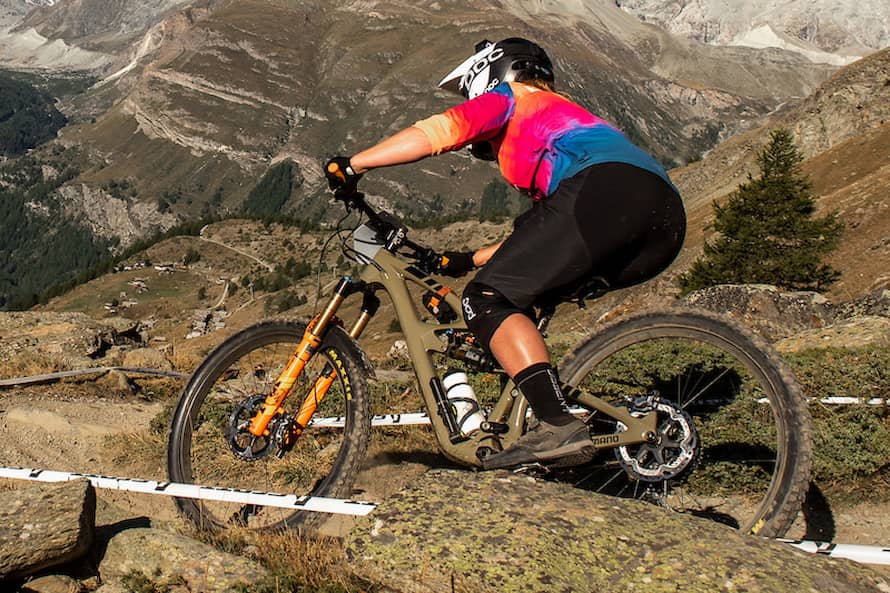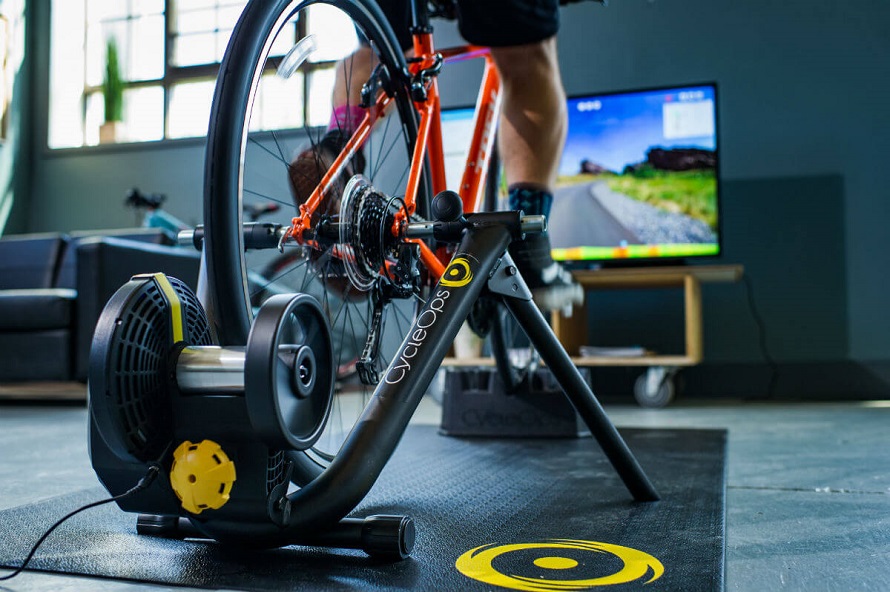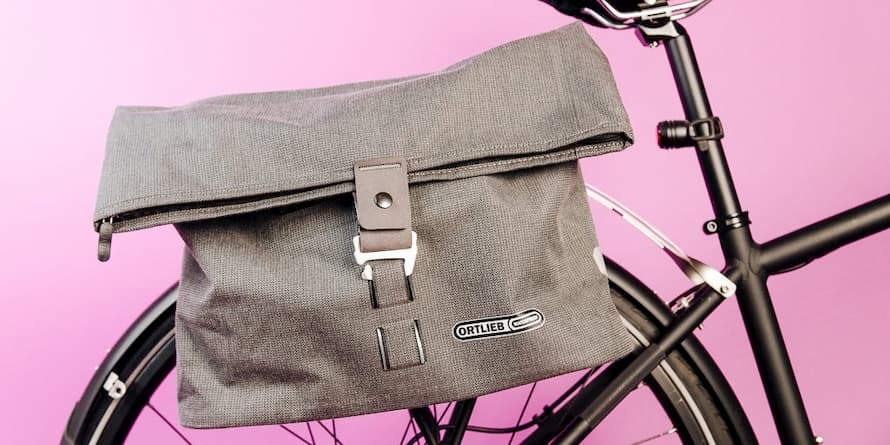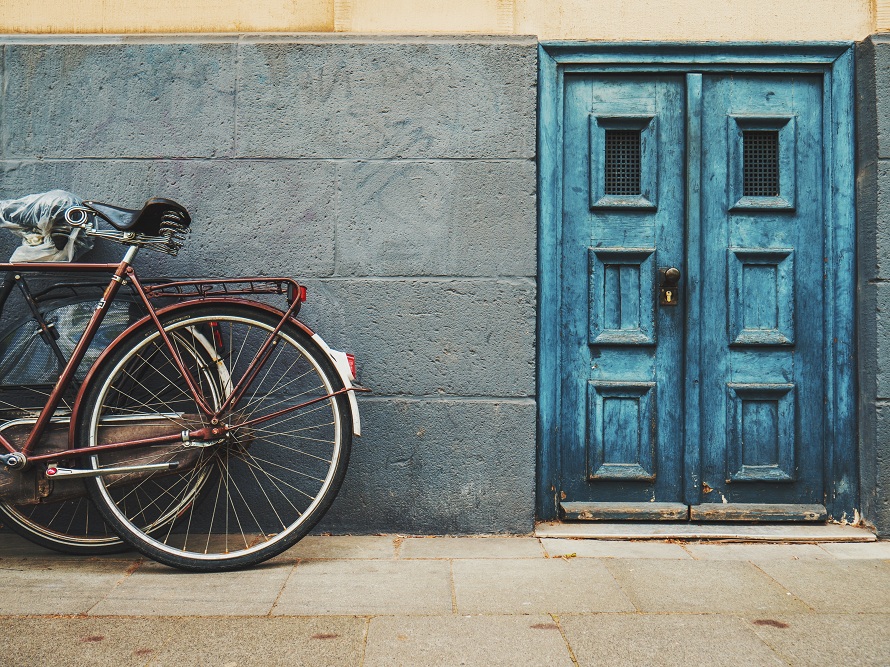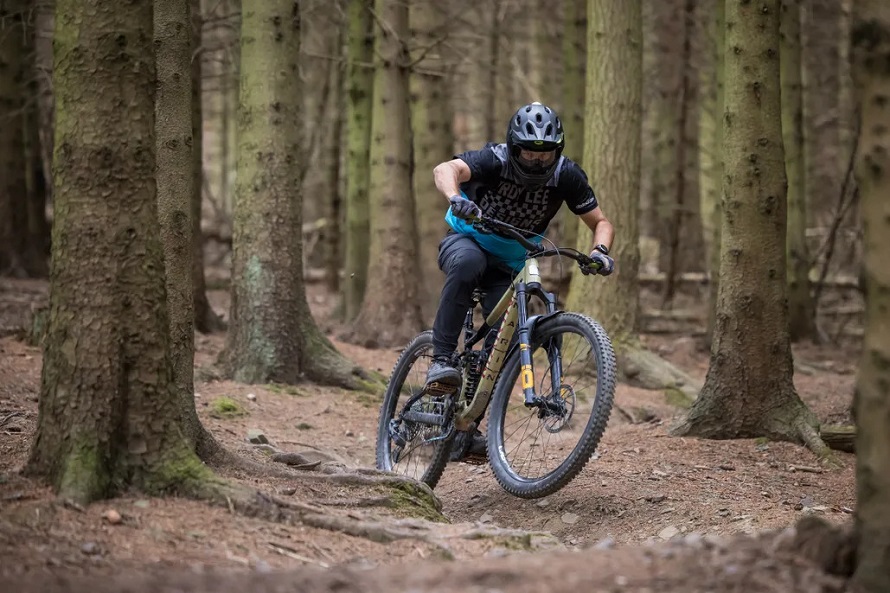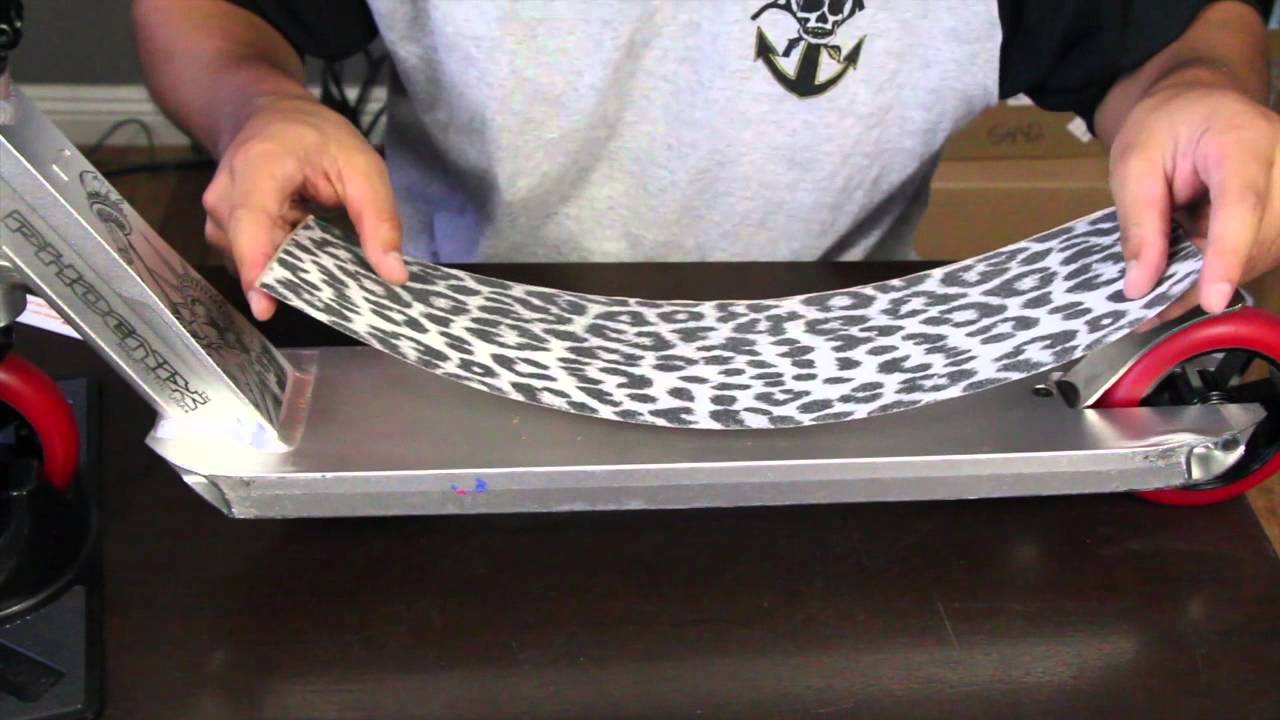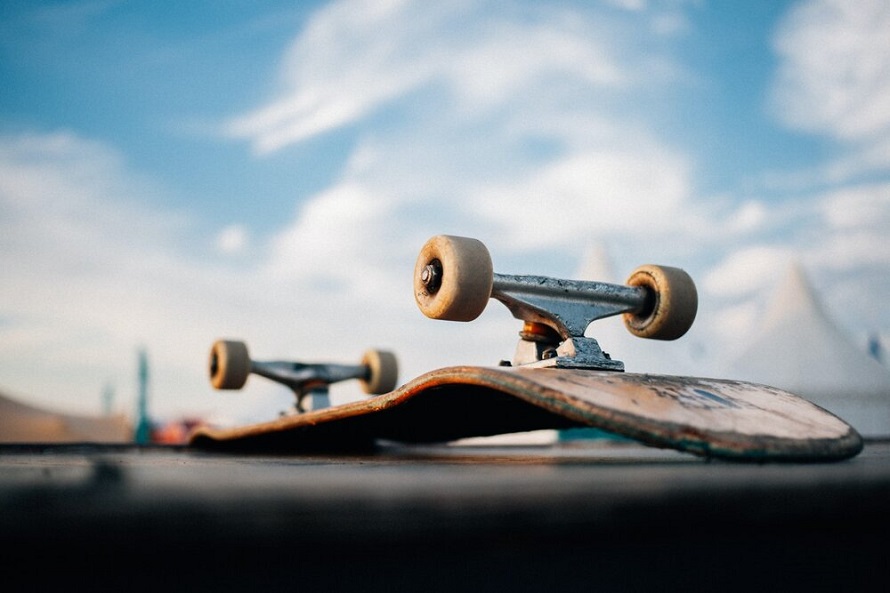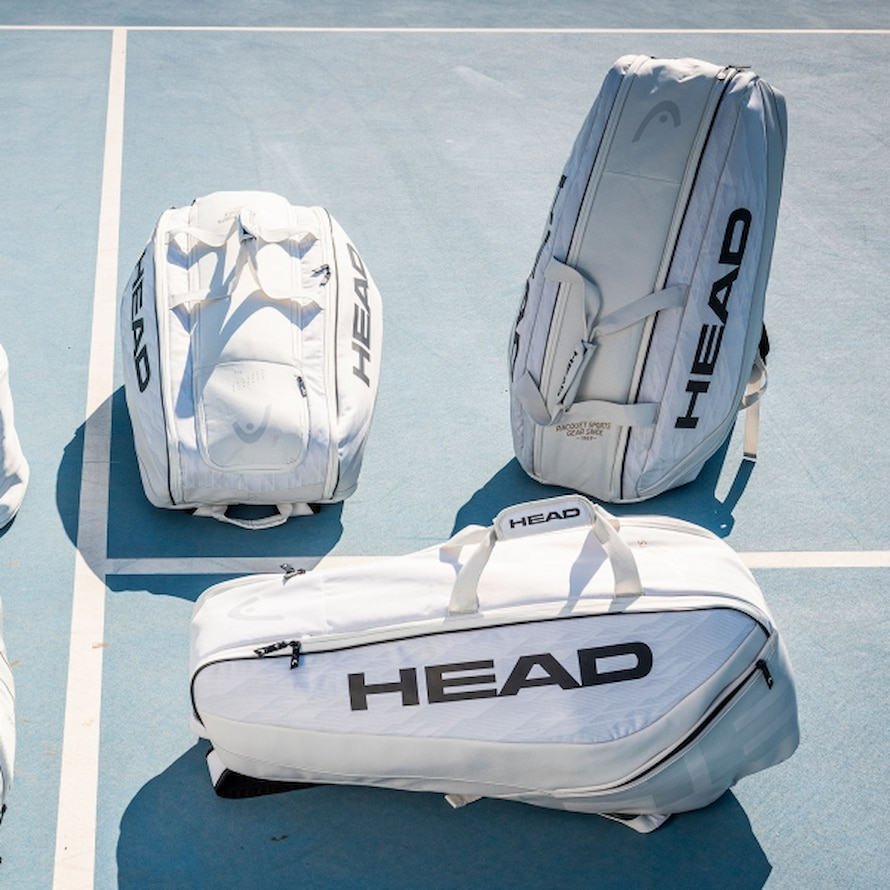Sports
The Essential Biking Protective Gear Every Biker Should Have
Can’t stop thinking about hitting the open road on your bike? Want to feel the wind in your face as you cruise down the street or trail? It’s no secret that biking is a great way to get some exercise, enjoy the outdoors, and explore your surroundings. But before you head out on two wheels, it’s important to make sure you have the proper safety gear.
No matter how experienced a rider you are, accidents can happen. And when they do, you want to be as protected as possible. Some might argue that wearing all the gear makes biking less fun, but it’s definitely worth it for the peace of mind.
What Safety Equipment Is Needed for Biking?
Most people are familiar with the basic protective gear for biking, but not everyone pays attention to all the details. Some are more important than others, but it’s best to stick to the safe side by covering as much of your body as possible.
Helmet
Everyone knows what this is – the dome-shaped covering that sits on top of your head. It’s fastened with a strap that goes under your chin, which helps keep it in place during a fall.
These days, wearing a protective bicycle helmet is standard practice for most cyclists. Most models are made from expanded polystyrene foam that’s designed to compress on impact, which absorbs the energy from a collision and reduces the risk of head injury.
In the case of more serious accidents, a helmet can literally be a lifesaver. In fact, the Aussie government reports that wearing a helmet can reduce the risk of serious head injury by up to 70%. Surely that’s not a statistic to be ignored, right?
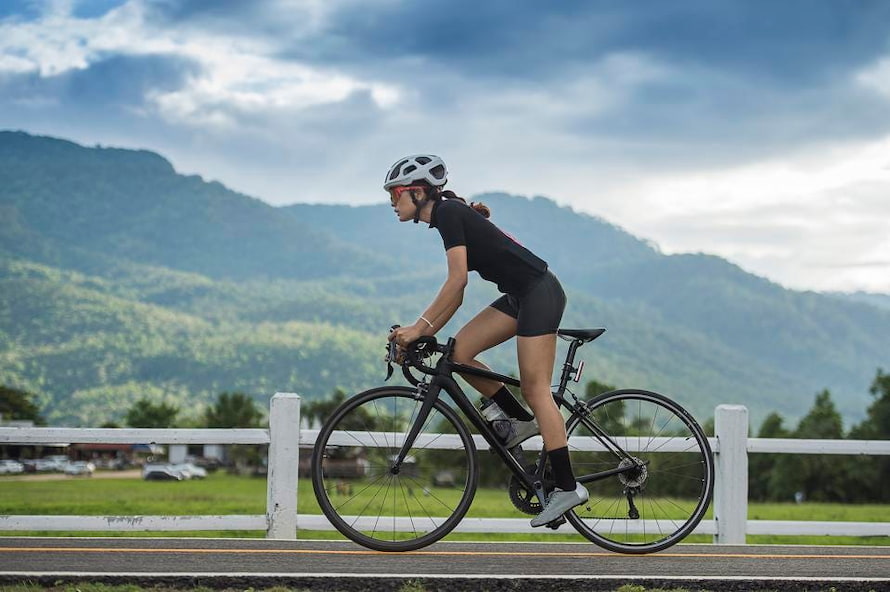
Source: forbes.com
In any case, one of the most important factors to consider when choosing a bicycle helmet is its fit. It shouldn’t be loosely sitting on your head – if it moves around too much, it won’t do its job properly in case there’s an accident. It can cause more harm than good by moving to the side or flying off completely.
Similarly, bicycle helmets that are too tight can be just as dangerous. Not only will they be uncomfortable, but they can actually restrict your movements and make it difficult to turn your head – two things that are definitely not ideal when you’re riding a bike.
Either way, make sure to try on a few different models and brands until you find one that fits perfectly. Once you’ve found The One, be sure to take good care of it. Most models have a lifespan of about three years, after which they need to be replaced.
Knee and Shin Pads
These two usually come together in a set, as they serve a similar purpose. They protect the knees and shins from scrapes and bruises, which is especially important for new riders who are still getting used to the balance required for biking.
Most knee and shin pads have a hard plastic shell with foam on the inside that’s designed to absorb impact. They’re adjustable so you can get the perfect fit, and they have straps that go around the back of the leg to keep them in place.
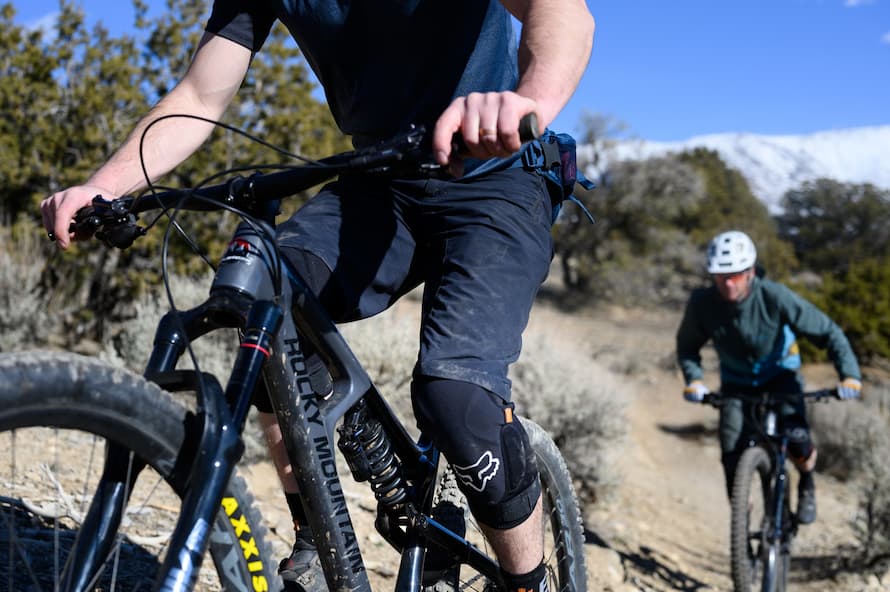
Source: outdoorgearlab.com
Ankle Protectors
Also called ankle guards or stirrups, these nifty little devices protect the ankles from sprains, fractures, and other injuries. Seeing as the ankle is a relatively delicate joint, it’s important to give it some extra support, especially if you’re off-roading on your bike.
They normally consist of a sturdy plastic or metal frame that fits around the ankle, with straps or laces that go around the foot and up the calf. In the event of an accident, they help keep the ankle sitting in the correct position and prevent it from twisting and moving around too much which can cause further injury.
Wrist Support
This one is particularly important for BMX riders, but it can come in handy for other cyclists as well. Usually made from a combination of plastic, metal, and foam, wrist guards enclose the wrist completely and keep sprains, fractures, and other injuries at bay.
Despite being one of the smaller pieces of protective gear, wrist guards can make a big difference when you’re out riding. After all, it’s not uncommon for falls to result in extended wrist injuries that can take weeks or even months to heal properly – something that no one wants to deal with.
Elbow Guards
Going up one limb, we have elbow guards. Like wrist support, they’re intended to protect the elbow joints from all sorts of injuries.
Bikers aren’t the only ones who can benefit from elbow guards – inline skaters, scooter riders, and skateboarders can all find them useful. They normally come with a moving joint in the middle that allows for a greater range of motion, as well as straps or laces that securely fasten them into position.
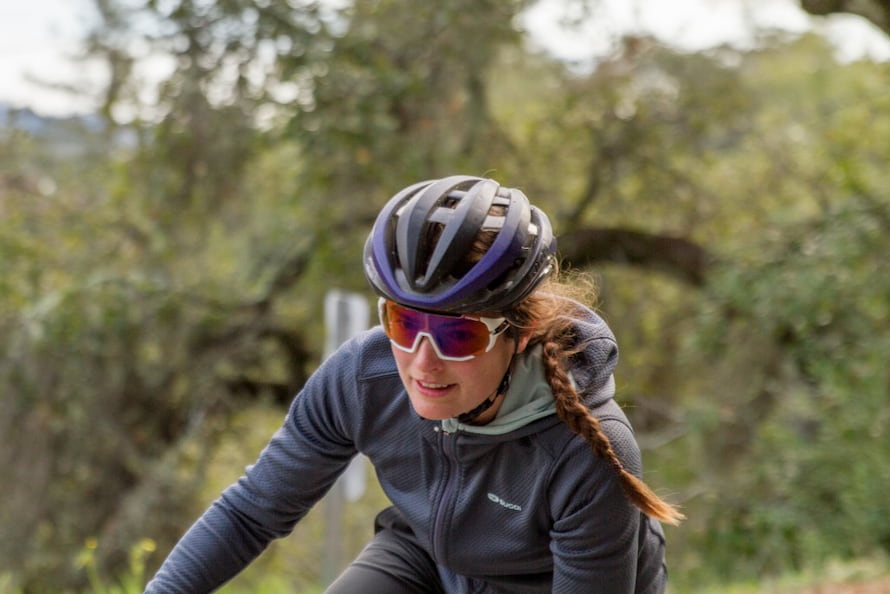
Source: esenlik.com.tr
Biking Glasses
You might be wondering why biking glasses are considered to be protective gear. Well, apart from keeping the sun out of your eyes, they actually do a pretty good job of protecting your face from all sorts of debris.
Rocks, bugs, and even small pebbles can cause serious damage if they hit you in the face while you’re cycling. Biking glasses act as a barrier between your eyes and the outside world, and they can even help you avoid accidents by improving your visibility.
Lights and Mirrors
If you want to level up your biking skills with an after-sunset experience, then you’ll need some proper lighting gear. Headlights are a must, as they help you see where you’re going, and they also make it easier for other people to see you.
Tail lights are just as important, as they let drivers know when you’re slowing down or stopping. As for mirrors, they might not seem like an essential piece of gear, but they can actually be quite handy. They help you keep an eye on traffic behind you, and they give you a better view of the road ahead.


